In early January 1932, Robert E. Howard in a letter to H. P. Lovecraft had this to say:
“I love peace, yet I wouldnt [sic] mind a war right now such a hell of a lot, if the country was prepared; but it isnt [sic]. Japan knows it; that’s why she thinks she can kick the flag around, beat up American officials, and get away with it. I wish to the devil the country was prepared.”
This comment was in relation to Japan’s recent seizure of Manchuria in late 1931. Historians often view this as the first shot that would lead to World War 2.
I recently read Cry Havoc: The Arms Race and the Second World War 1931-1941 by Joe Maiolo. It fits in with After the Trenches by William O. Odom, Linn’s Guardians of Empire, and Geoffrey Perrett’s There’s a War to be Won.
Maiolo makes the case that Stalin’s First Five Year Plan set off the 1930s arms race that led to WW2. The Japanese made a gamble to grab Manchuria before the Red Army was modernized and too powerful.
Robert E. Howard was correct. The U.S was not in a good condition to fight a war. But then again, that is the condition it generally goes into war. In 1932, the U.S. Army had 133, 200 men. The National Defense Act of 1920 called for 17,000 officers and 280,000 enlisted men. The National Guard was to be at 435,000 men.
The U.S Army had received no new equipment after WW1. In the 1930s, it was still using the British Mark VIII “Liberty” tank and had 950 French Renault FT-17 made under license. The Renault FT-17 was used up through the 1930s so in terms of quality, not at a disadvantage.
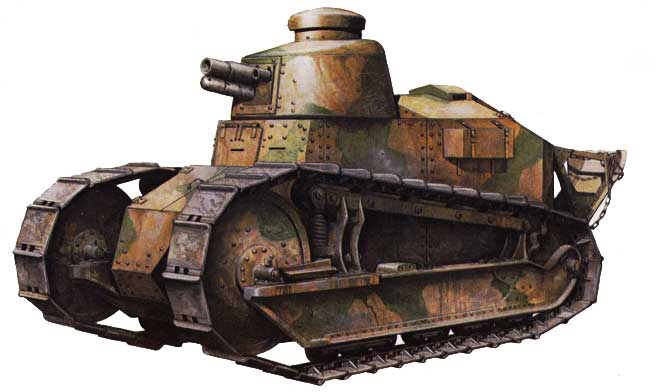
Renault FT-17 Tank
There were designs on the books for new artillery such as the 105 mm howitzer but in 1932, the Army was still using 75 mm and 155 mm cannons of WW1 vintage. Mortars were 3 inch trench mortars with often faulty ammunition due improper storage.
What the U.S. Army had plenty of were around 2 million M1917 Enfield rifles in Cosmoline. During WW1, Winchester, Remington, and Eddystone could produce Enfields in far greater numbers than Springfield Armory with the Springfield ’03 rifle. Corporal (later Sergeant) Alvin York used the M1917 Enfield on that October day in 1918 where he picked off one German after another. Most U.S. Army units in WW1 carried Enfields.
The Enfield was accurate but long (46.25 inches). It does have that short and smooth action the Enfield series of rifles is known for. Some had been sold to the civilian market, but the supply seemed inexhaustible. They were used in basic training during WW2. In the late 1930s, the Army sold around 40,000 a year to the Philippine Commonwealth for the army that Gen. Douglas MacArthur was supposed to create. Enfields were also sold to the Free French, Nationalist Chinese, Irish Free State, and the Royal Netherlands Indies Army. I have seen pictures of stacks of Enfields handed out to Philippine guerrillas in WW2. Some were sent to Britain after Dunkirk. Rear echelon troops such as Signal Corps in the Pacific had Enfields late in WW2. All the M-1 carbines were being sent to Europe. The M1917 is still in use by the Sirius Dog Sled Patrol in Greenland. The Patrol is an elite unit of the Danish Navy. The M1917 works in extreme cold conditions.

M1917 Enfield
The official rifle of the U.S. Army in 1932 was the Springfield ’03. The Army had somewhere around 800,000 of those left over from WW1. It is an accurate rifle owing its action to the Mauser.
The U.S. Army had 102,174 Browning Automatic Rifles from WW1. Ever talk to WW2 vets, they liked the BAR. It was heavy, weighing around 19 lbs. It was originally designed for suppressing fire crossing no-man’s land. Bonnie and Clyde used BARs and did Frank Hamer who took out Bonnie and Clyde. Foreign especially British writers hate the BAR calling it a poor light machine gun. It was used sort of as an LMG but gave a rifle squad a little more fire power. The Marines had two BARS per rifles squad in WW2.

Browning Automatic Rifle
The M1919 Browning machine gun began service right after WW1 and used up through Vietnam. John Moses Browning was a firearms genius.
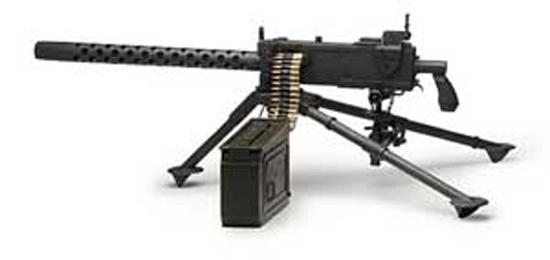
Browning M1919 Machine Gun
The Thompson submachine gun was not adopted until 1938 by the U.S. Army but in use by the Navy and Marines. So, overall, the U.S. was in similar condition to all other great powers following WW1 with small arms.
The biggest problem is the U.S. Army had no large-scale training exercises during most of the 1930s due to lack of funding. Gen. Douglas MacArthur fought tooth and nail to keep the Army from being further by Roosevelt but money was not present for training.
A bright spot is the Army Air Corps. The Air Corps took 20% of expenditures in 1933. The U.S. at least kept up with new designs of aircraft and some purchases. The Curtis P6-E Hawk would have been the standard “pursuit” plane in those last years of bi-wing airplanes.
Out of 133,200 men, 25% of the U.S. Army was overseas. The old thinking of garrisons strewn across colonial empires ready to deal with any local emergencies. U. S. Army strength overseas:
Philippines: 11,744 (5207 Army, 6537 Philippine Scouts). Three infantry regiments, four coast artillery, one cavalry regiments, two field artillery regiments.
Hawaii: 14,223. The Hawaiian Division (“The Pineapple Army”) and coast artillery.
Alaska: two understrength companies at Juneau.
Panama: 2 infantry regiments, 2 coast artillery regiments, 1 battalion field artillery
Tientsin, China: 15th Infantry Regiment at 2 battalions
Puerto Rico: 65th Infantry Regiment.
Another 20% of the U.S. Army was on the Mexican border. The 2nd Infantry Division was kept at full strength at Ft. Sam Houston in San Antonio, Texas. The 1st Cavalry Division at Ft. Bliss, Texas at 9,595 men; the 24th Infantry Regiment, one of the Army’s two black infantry regiments was at Ft. Huachuca in Arizona on the border.
The Washington Treaty of 1922 restricted the U.S. Navy. The Navy had 11 battleships, 3 fleet carriers, 19 cruisers, 102 destroyers, 55 submarines for two oceans. The Navy had 93,384 personnel.
The U.S. Marines stood at 16,561. The Marines were scattered from Shanghai in China to Cuba in small detachments. The 4th Marine Regiment had been in Shanghai with two battalions. The North China Marines fluctuated between 200-300 men at this time.
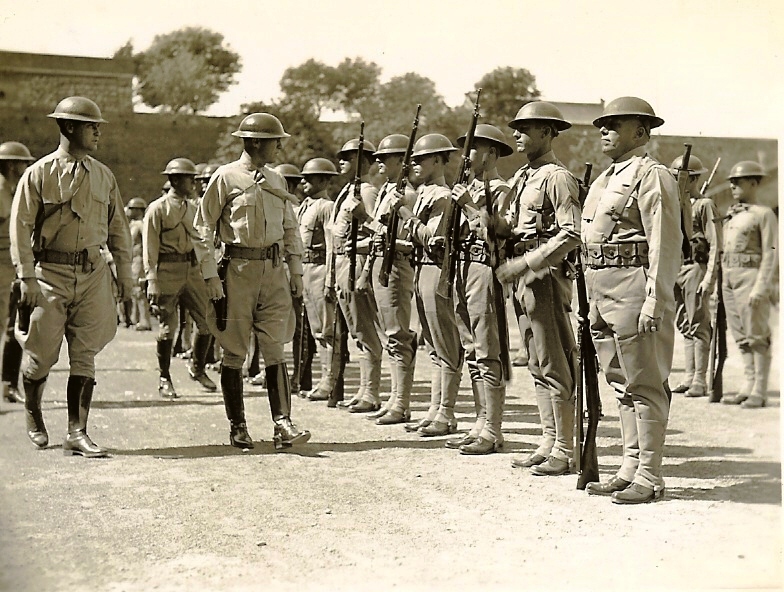
North China Marines
REH to HPL, 1932: “Along the Border there is a definite undercurrent of expectation, or at least apprehension, of Mexican invasion in case of war. There has been a persistent rumor, every [sic] since the last war, of the mysterious presence and vaguely sinister activities of a hundred thousand Japanese in the interior of Mexico.”
The Mexican Revolution from 1910-1920 gets most historical press. Mexico continued to have turmoil through the 1920s and 30s. Some were regional military commander led revolts against downsizing. The Yaqui Indians in northern Mexico fought the Mexican government 1926-27. There was the Cristero Rebellion 1927-29 and Cedillo Rebellion 1938-39.
Closer to home for Robert E. Howard was the San Diego Plan of 1915. Named after the small town of San Diego in southern Texas, the manifesto stated:
“On the 20th day of February, 1915, at two o’clock in the morning, we will arise in arms against the Government and Country of the United States of North America, ONE AS ALL AND AS ONE, proclaiming the liberty of individuals of the black race and its independence of Yankee tyranny which has held us in iniquitous slavery since remote times.”
In the summer of 1915, Mexican rebels and bandits (Sedicionistas) launched 30 raids against targets carried from across the Rio Grande River. The Seditionistas killed almost two-dozen U.S. citizens including kidnapping, torturing, and decapitating a U.S. soldier displaying his head on a pole in the border. The Anglo-Texan response was with extreme prejudice including extra-judicial executions in retaliation. Robert E. Howard would have been nine years old during these events.
Could war have happened in 1932? The U.S. was so weak militarily that Japan contemptuously went about its aggression with little fear. The U.S. simply could not intimidate Japan. There was a chance of a clash with the North China Marines at Peking and the 15th Infantry Regiment at Tientsin sparking a wider war. The Japanese could have taken out scattered, isolated U.S. detachments in China, Philippines, and even Hawaii.
The plan was for the U.S. Navy to rush to relieve the Philippines in War Plan Orange while the Philippine garrison retreated to the Bataan peninsula and Corregidor island. It was thought it would take the Japanese six months just to cut through the jungle to get to American lines.
A daring attack by the Japanese on Panama could have put the canal out of use. Opportunistic politicians or generals in Mexico under Japanese encouragement could have attacked along the U.S.–Mexico border in the hope of regaining the South West. The Japanese could have trainers and advisors with the Mexican Army. They even could have a regiment of infantry to stiffen up their allies.
The U.S. could find itself with almost 25% of its army gone and another 20% desperately holding the border with no new tanks, no new artillery. It would take around eight months before you get the skeletal army and National Guard divisions filled out and trained. The Army at least had lots of rifles in storage. There were over 2 million WW1 veterans. A fair number would have been still young enough and in acceptable physical shape to provide a trained reserve to draw upon.
American industry would be able to supply plenty of trucks and other vehicles but things like tanks and cannons would take time.
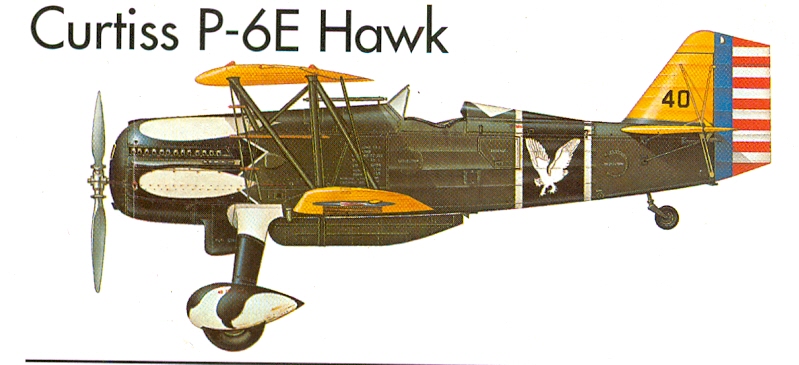
Curtis P-6 Hawk
The Army Air Corps first monoplane P-26 fighter was a year away from first deliveries and the B-10 bomber two years. The Curtis P-6 Hawk, the last biplane used by the Army Air Corp would have been the plane used along the Mexican border and patrolling the West Coast.
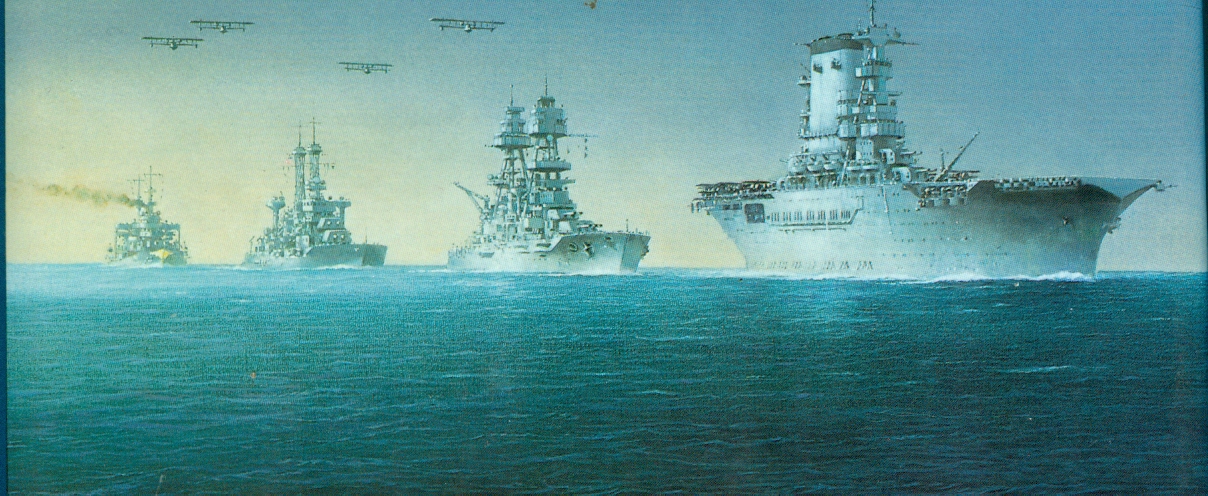
Perhaps some sort of new tank would have been produced. An imaginary tank linking the WW1 leftovers and the M-2 tank of the late 1930s could have been produced.
The Japanese Navy could sail at will along the California coast shelling Los Angeles and San Francisco. There would not be much the U.S. could do about it for a while. In the long run, the U.S. would pummel Mexico into submission. A young Robert E. Howard joins up in the Texas National Guard (36th Infantry Division) or the Army to give the Mexicans and Japanese hell.
If there were an opportune time for the Japanese to attack, it would have been around 1936-1937. The U.S. Army would have another four years of deteriorating equipment and financial starvation. Franklin Roosevelt had taken officers out of active duty for one of his New Deal programs. They ran Civilian Conservation Corps camps. There was a benefit that generation of young men were in a quasi-military environment providing pre-basic training. Roosevelt admired Mussolini and Stalin’s central controlled economies and emulated them. Hitler had very similar camps for German youth at the same time.
A new generation of planes, tanks, rifles, vehicles were coming off the assembly lines when war came. The Japanese and Italians were off by 10 years. Both had up modern armies for the early 1930s. Involvement in wars during the 30s delayed modernization giving the Allies the upper hand.
A war in 1932 would have looked a lot like something at the end of WW1 with bolt action rifles, bi-planes, primitive tanks. The 1st Cavalry Division would have been on horseback on the border with some old armored cars confined to the probably few functioning roads in northern Mexico. The Marines might have made a landing at Veracruz with a thrust to Mexico City to put an end of that part of the war. The expanding army would have made its mistakes and growing pains in Mexico. The .30-06 cartridge used in the ’03 Springfield, M1917 Enfield, and Browning Automatic Rifle was perfect for fighting in the open territory of the border. If Mexico did not join with Japan, there would have been a period of just some naval clashes for up to two years. The Japanese might have invaded Alaska making for a scenario of warfare in polar conditions.
The fleet would begin the hard fight across the Pacific as laid out in various versions of War Plan Orange would get underway ending with a blockade of Japan. By the 1930s, Navy admirals had a realistic view of a Pacific War with an island-hopping campaign through the Japanese Mandate islands including the Marshall and Caroline Islands. The Army said it could hold out in the Philippines for 6 months, the Navy estimated a two-year campaign across the Pacific to get the Philippines. So, the Army commander of the Philippine Department would be surrendering before help arrived. It was a command that few relished.
The U.S. could have trained Chinese troops to tie down the Japanese Army. Japan took heavy casualties in 1932 in the fighting around Shanghai. Chiang Kai-shek used his 80,000 German trained (under Hans von Seekt) to fight the Japanese. There might be some American supplied and trained Chinese divisions bleeding the Imperial Japanese Army. The Soviets might have joined in taking Manchuria from Japan once the war turned.
A war in 1932 with Japan and Mexico is an interesting topic. Gen. Douglas MacArthur was Chief of Staff of the U.S Army so there would be drama to the conflict. Who knows, maybe Grandpa Theobald would have volunteered as an ambulance driver like he tried to do in WW1.
All of my relatives who served in the Army or Marines in WWII loved the BAR. They all mentioned it at one time or another and they always seemed to use the word “sweet” to describe it. Not the word I’d use but I guess you had to shoot a BAR to appreciate it.
The detail about the US Army’s aging and out of date tanks in the 1930s reminds me of a bitter bit of doggrel that was current in the Army then:
“Tanks is tanks and tanks is dear.
There shall be no new tanks this year.”
I can’t remember where I read that, unfortunately.
It wasn’t till I read William Patterson’s biography of Heinlein that I learned of the date 2/7/1932- a day that would live in amnesia.
https://www.americanheritage.com/early-warning#3
-
Thank you for linking to that article. The Navy response to that exercise is a classic example of “There none so blind as they who will not see.”
I was an M60 gunner in Nam (1st Cav. Div. – Air Mobile). The 60 replaced the BAR as (what in today’s more modern terms was the SAW “Squad Automatic Weapon”) offering light machine gun support. The full complement included the gunner, an “A”gunner (“assistant), and an ammo bearer on occasion. The A-gunner had asbestos gloves and a second barrel for when the initial barrel became too hot –althought, in “practice” we pretty much fired the first barrel until red hot. Links of rounds were clipped together to form belts. When in an “established” position, the weapon had a bipod and full tripod if time permitted setting it up.